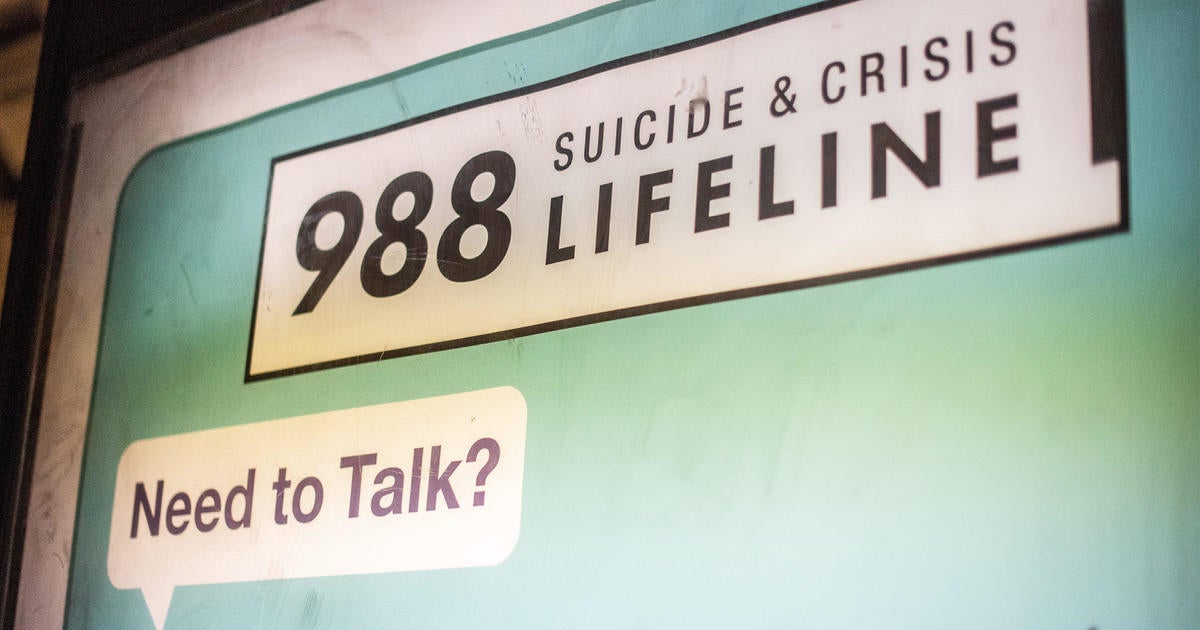Crisis Deepens: Mental Health Agency Hemorrhages Staff as Budget Cuts Decimate 988 Suicide Prevention Team

In a significant staffing shake-up, approximately 100 employees have been let go from the Substance Abuse and Mental Health Services Administration (SAMHSA), a critical federal agency dedicated to improving mental health and substance abuse support across the United States.
The unexpected layoffs have sent ripples of concern through the agency, raising questions about the potential impact on critical mental health services and support programs. SAMHSA, which plays a pivotal role in addressing mental health challenges and substance abuse issues nationwide, is now facing the challenge of maintaining its essential services with a reduced workforce.
While the exact reasons behind these terminations remain unclear, the move has sparked discussions about potential restructuring, budget constraints, or strategic shifts within the organization. Employees and mental health advocates are closely watching the situation, worried about how these job cuts might affect the agency's ability to provide vital support to vulnerable populations.
The dismissals come at a particularly sensitive time, when mental health resources are more crucial than ever, especially in the wake of ongoing societal challenges and the lingering psychological impacts of the recent global pandemic. The sudden reduction in staff could potentially strain the agency's capacity to respond to growing mental health needs across the country.

